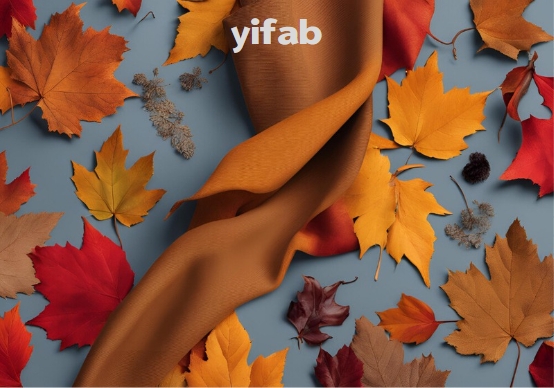The Psychology of Fabric: How Touch and Feel Affect Fashion Choices
Blog post description.
1/31/20251 min read


The Psychology of Fabric: How Touch and Feel Affect Fashion Choices
When it comes to fashion, the way a fabric feels against our skin can significantly influence our purchasing decisions and style preferences. While we often focus on color, cut, and design when shopping, the texture and feel of a fabric play an equally important role in shaping our fashion choices. Understanding the psychology of fabric can give both consumers and designers valuable insights into why certain materials resonate more than others.
The Role of Texture in Decision-Making
Human touch is incredibly powerful. Research has shown that tactile sensations can trigger emotional responses, creating strong associations with comfort, luxury, or even status. Fabrics such as soft cotton, silky satin, or plush velvet invoke feelings of comfort and indulgence, while stiffer materials like denim or leather may evoke strength or toughness. These emotional connections can drive a consumer's decision to purchase a particular item, as they seek not just visual appeal but a physical experience that aligns with their identity.
Comfort vs. Style: The Balance We Seek
Comfort is often the first factor people consider when selecting fabrics. Soft, breathable materials like cotton or linen are often chosen for their everyday comfort, while luxurious fabrics like silk or cashmere are reserved for special occasions. However, style preferences also intersect with tactile experiences. For example, an individual might gravitate towards a structured wool jacket for its crisp feel, even if it’s less comfortable than a more casual fabric.
Final Thoughts
The psychology of fabric highlights how touch influences our perceptions and fashion choices. By understanding this connection, brands can create more intuitive designs that cater not only to the visual aesthetic but also to the tactile experience of their customers, enhancing both emotional appeal and sales.
